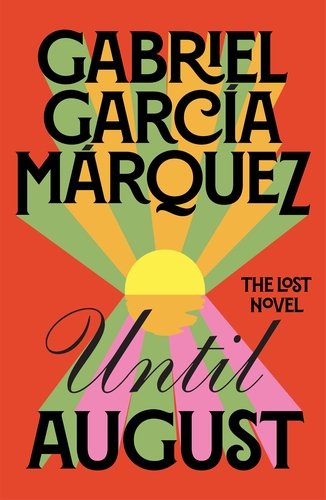Until August, Gabriel Garcia Marquez
“…this book is owed to a wholly collaborative project – one perhaps unwittingly overseen by Marquez from beyond the grave, a haunting synchronicity with events at the end of the book.”
There was, as to be expected, much clamour around the release of Gabriel García Márquez’s ‘lost novel’ published this year – a decade after his death. There are multiple versions of Until August, but the story itself was never really lost at all; the Nobel Prize winning author deliberately left it unpublished. Iterations of it have existed since 1999 when ‘En Agosto nos vemos’ was published in The New Yorker. This novella, at just over 100 pages, is translated from Spanish by Anne McLean and features a foreword from Marquez’s children, as well as an editor’s note and facsimiles of the original manuscript. Clearly, the very existence of this book is owed to a wholly collaborative project – one perhaps unwittingly overseen by Marquez from beyond the grave, a haunting synchronicity with events at the end of the book.
Ana Madalena Bach travels each year to an unnamed island in the Caribbean to lay flowers where her mother is buried. One year, she meets a man in her hotel, the interaction charged by their illicit anonymity. She returns the next year like a ‘different woman, renewed and capable,’ to lay the same flowers but find a new lover. The weather compounds the sexual charge of each encounter, as the thunderstorms cause power cuts, and there is a heady warmth and moonlight walks.
The trips are punctuated by the novels Ana Magdalena brings with her – Wyndham, Greene, Dracula – allowing us inference into her nature and taste, helping to form her character more fully; however, minimal extraneous detail does leave the reader wanting more insight into her life beyond the island.
The prose is economical, sparse at times, and some descriptions are so taut that it feels as if intimacy must be forced, and chemistry manufactured for the chapters to be complete. However, although there isn’t the depth of his much-beloved previous works, there is a profound passion and it is a gratifying read nonetheless – one that you glean more from with each read, which given the length of, is actively encouraged.
Editorial Picks




